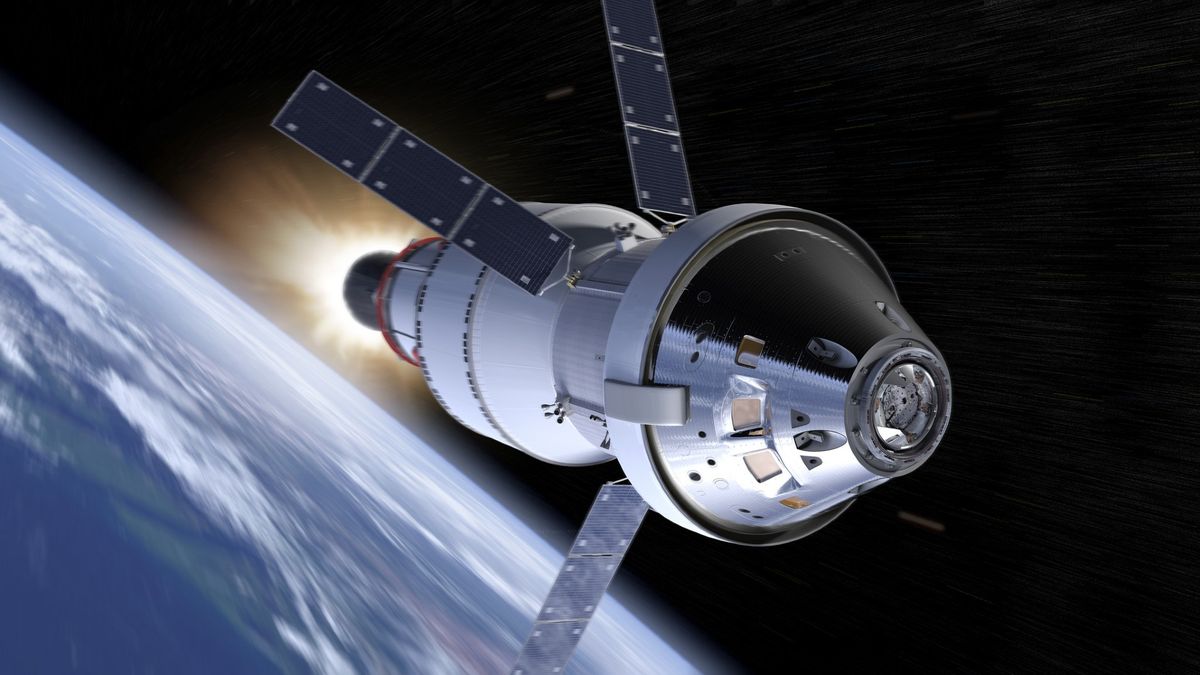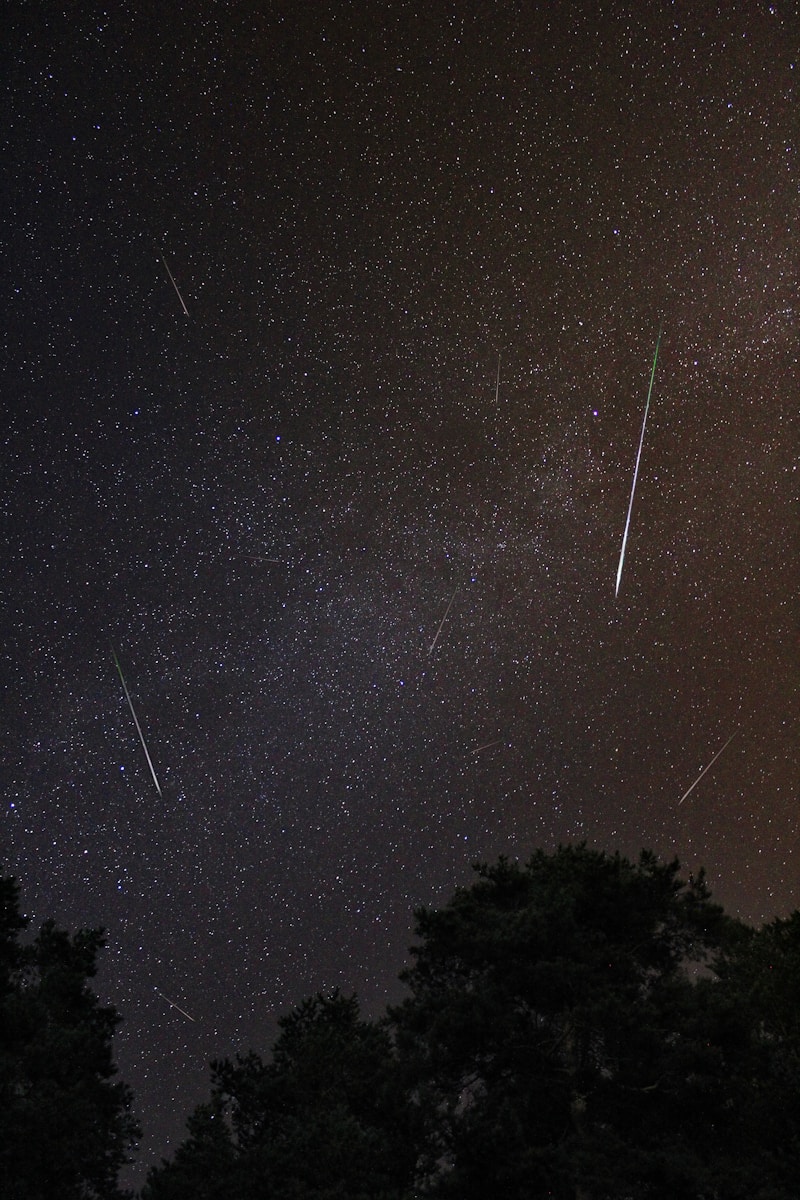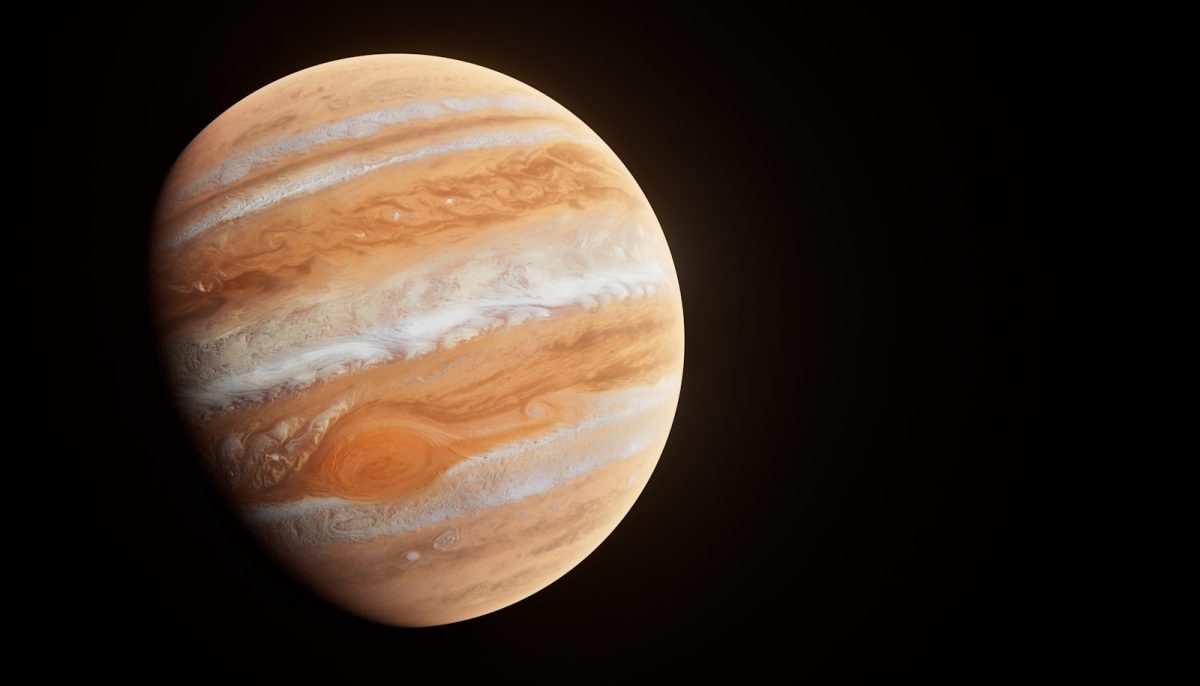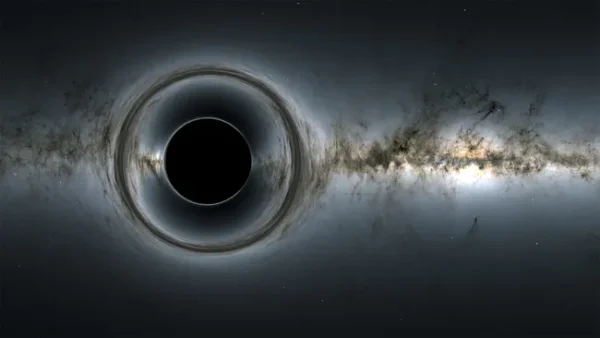
Black holes are sorted in 1 of 3 categories. Stellar-mass, Intermediate-mass, and supermassive. Each are formed from massive stars dying in a supernova, minus maybe supermassive black holes evolving from intermediate-mass black holes from dying Quasi-Stars.
Primordial.
But astronomers theorize there is another way to form black holes & with it, another type of black hole, possibly the oldest & smallest black holes to of ever existed. As the name suggests, they were formed exceedingly early in the big bang, possibly even before atoms came to be. Their existence is yet to be proven. but their existence could answer many questions about the universe.
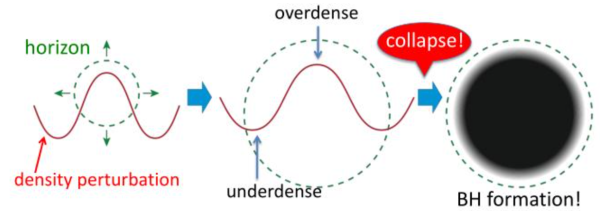
During the Inflationary Era, just mere fractions of a second after the big bang. The universe was ridiculously small & tightly packed, yet it wasn’t completely homogenous (the same density every area). Some patches were denser than others which allowed enough mass to collapse into a Primordial black hole.
Hundreds of thousands of them would be formed in the one second window their formation was possible. These black holes could range from hundreds of thousands of times less mass than a paperclip up to hundreds of thousands of times the mass of the sun, yet they were no larger than a proton.
Hawking Radiation
The idea of tiny black holes in the early universe intrigued Stephen Hawking to conduct research on their quantum mechanics. This initial study was the foundation for his 1974 discovery to where black holes do not last forever thanks to a phenomenon where radiation slowly leaks due to a process called “Hawking Radiation”.
Smaller black holes emitted hawking radiation faster which means they decayed faster, primordial black holes with less mass than a dwarf planet would have decayed in a few minutes. Larger primordial black holes would have filled the still expanding universe with extra radiation, effectively pausing the expansion of the universe & which causing them to not decay.
Dark Matter?
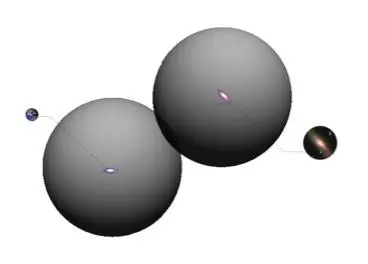
A problem about dark matter is that astronomers remain stumped about what they are, or what they could be, they are simply too mysterious to understand.
Primordial black holes could be an answer to part of this question, they could actually be a form of dark matter called MACHOS, basically a form of dark matter halo that keeps galaxies together.
Proving this theory would be ridiculously hard but even if this is not the case, they could be the answer for an alternative theory. That black holes simply have a limit on how small they can decay & that when they reach this limit, they simply stop decaying & become a tiny primordial black hole. This type of black hole dark matter would work in seperate ways albeit much harder to spot & confirm.
Quasi Star Replacement
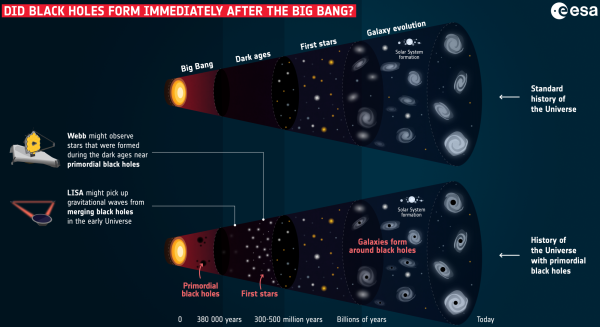
Even if primordial black holes are not a candidate for dark matter, they could answer a second question about astrophysics. That, supermassive black holes at the center of galaxies are just too big to grow by devouring stars or merging with other black holes in the thirteen billion years the universe was around. Even if black holes coming from Quasi stars received a head start, they would still take a while to grow to millions even billions of times more massive than the sun.
Supermassive black holes could perhaps be made from primordial black holes that were around since the beginning of the universe, & just grew off of them via devouring stars or merging. This would give them much more time to grow & serves as a valid theory for how supermassive black holes came to be.
However, this would also not be likely, as so few could have formed due to the tiny formation window of one second. Those that formed at the last millisecond would only be at 100,000 sun masses & had to of eaten a lot of mass in an abbreviated time to get the millions of sun masses we see today. While this is still possible, it would not explain the shear amount of supermassive black holes that exist today.
Related Stories:
- https://en.wikipedia.org/wiki/Primordial_black_hole
- https://science.nasa.gov/universe/black-holes/types/
- https://www.astronomy.com/science/what-are-primordial-black-holes/
- https://www.space.com/primordial-black-holes-create-big-bang
- https://www.livescience.com/space/black-holes/scientists-may-have-finally-solved-the-problem-of-the-universes-missing-black-holes
Take Action:
(Credit to https://esteemstream.news/86790/transportation/space/saturn-will-lose-its-rings for it’s take actions)


